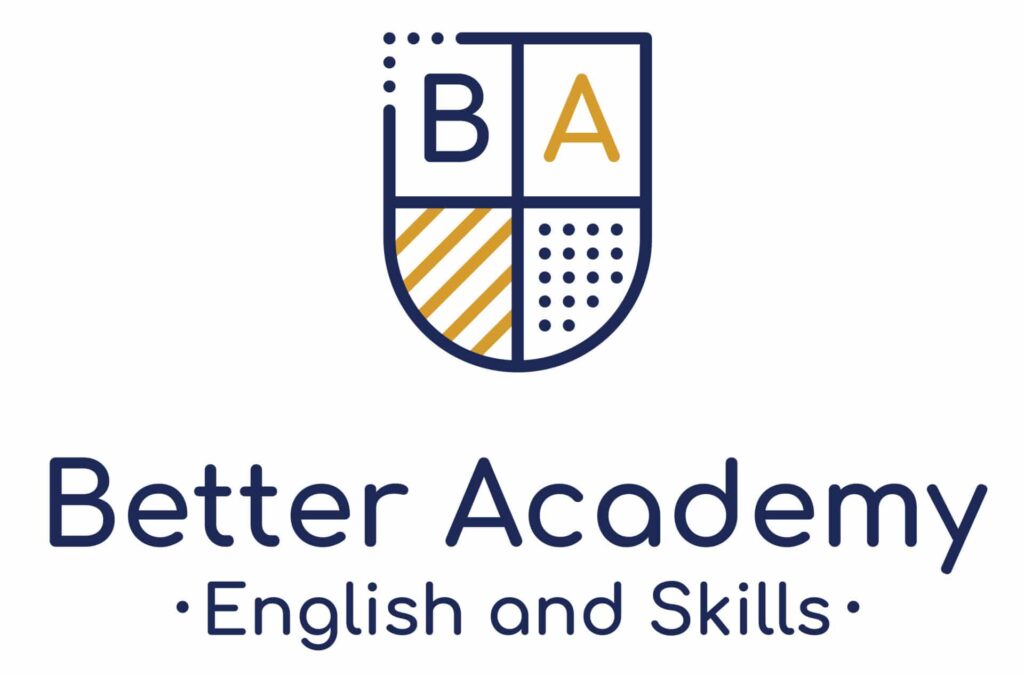Young Engineer's Academy – electronics and coding for beginners
Better Academy encourages you to enroll your child to one of our most popular, in-house programs, which brings together all the best aspects of STEM education, namely the combination of science, technology, engineering and mathematics. Participation in the program could be the first step for students to start a career in the amazing world of new technologies.
During classes, we equip children with tools to navigate the world of new technologies, and encourage them to explore this world by themselves. We cover a lot of ground, including electronics, robotics, automation, or programming. Each of these areas can be incredibly interesting by itself, but the idea is to discover, comprehend and research the interconnections between them in class.
Our classes are all about learning or mastering skills which will be indispensable no matter what will be the future career path of a child. We put a lot of attention to logical thinking, problem solution, finding patterns, planning, and to tackle challenges, rather than avoid them. We do our utmost to ensure a relaxed atmosphere—this way, students acquire more information, are more engaged and develop the necessary curiosity to learn more, and in a more efficient manner. All this to show them that new technologies and science are exciting tools, and science can be fun.
Our classes feature knowledge that could be a pass to an exciting, rewarding career in the future.
Topics that will be discussed in electronics/robotics classes include:
- Current, voltage, resistance … – explanation of the basic concepts of analogue electronics.
- The principle of the multimeter operation, methods of combining and measuring resistance. Practical trials of resistance connection and measurement
- Getting acquainted with Ohm’s law and Kirchhoff’s laws. Checking their validity on simple systems.
- Condensators, coils, cable glands and transistors—integrating and applying in circuits.
- Rectifying and luminous diodes – creating your own “colored” systems.
- Why and how to stabilize a current?
- Operations with contact elements – relays, transistors.
- Introduction to Arduino, programming microcontrollers.
Examples of topics studied in programming classes:
- Connecting loops, variables and instruction related to flow of control into a real, working programs;
- Choosing correct data structures, such as lists and dictionaries;
- Enhancing games with graphics and animations;
- Handling data entered with keyboard and mouse;
- Programming a simple Artificial Intelligence;
- Transforming text into secret code, using cryptographic techniques;
- Debugging programs and eliminating most frequently encountered errors.
